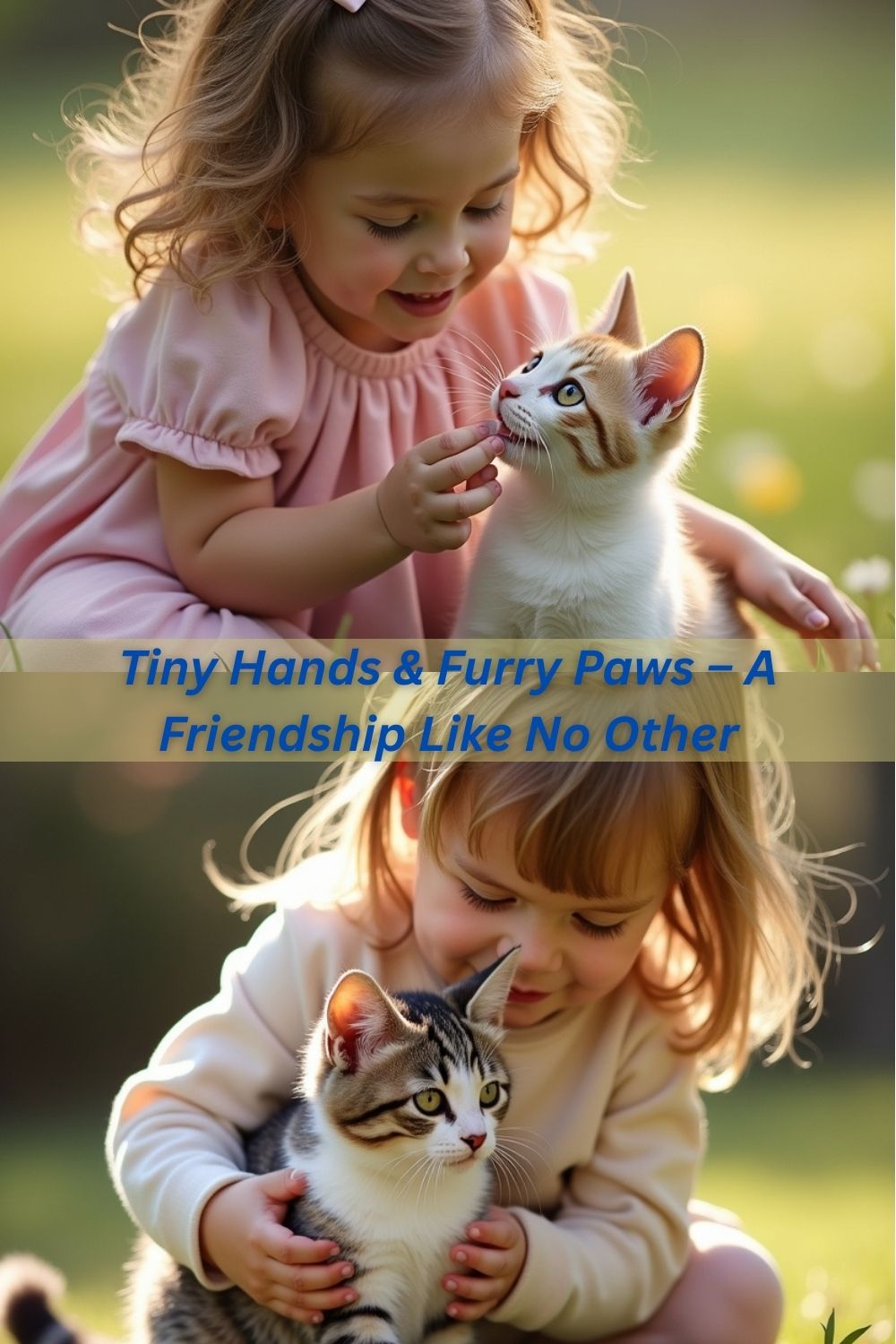In today’s fast-paced technology-based society, children spend most of their time in front of mobile, TV or computer screens. This mechanical lifestyle is hindering physical activity and mental development. However, a cat is one of the small, beautiful, harmless pets that can bring a big positive change in a child’s life. Playing with a pet cat is not only entertainment, but can also become an important element in shaping a child’s physical and mental health.
Physical fitness increases
When children spend time with a pet cat, especially playing, they naturally become physically active. They run, sit, jump, which works like a natural exercise. This type of play is very beneficial for improving muscle building, strengthening bones. In addition, this daily physical activity does not allow excess fat to accumulate in the child’s body, thus preventing obesity and other physical problems and helping them sleep better at night.
Mental peace and stress reduction
Spending time with pets is very beneficial for a child’s mental peace. The smooth, fluffy fur and calm humming of a cat release hormones like serotonin and oxytocin in the child’s brain, which increase mental peace and reduce anxiety and worry. This helps the child learn to control emotions and increases his confidence. Studies have even shown that the presence of an animal greatly reduces the child’s tendency to suffer from depression or excessive stress.
Development of a sense of responsibility and empathy
Taking care of a pet cat is the first opportunity for a child to behave responsibly towards an animal. Then he learns to understand that the cat needs food, water, medicine or help with play, then the child develops responsibility and tries to understand when the cat needs it. In addition, by expressing empathy and love for a dependent animal, the child develops human qualities. This experience can make him a compassionate, responsible and tolerant person in the future.
Development of social skills
Playing with cats or other pets develops social skills in children. When the child talks to his friends about his pet cat, what did his cat play with him today or yesterday? When did his cat express the feeling of eating food to him? By sharing experiences related to cats with them, he can increase his communication skills and ability to express himself. In addition, the child’s participation in the family increases around the cat, which strengthens family relationships and develops a cooperative mentality in the child.
Builds friendships by eliminating loneliness
In modern society, many parents are busy with work and cannot give time to their children. Then, many children suffer from loneliness, especially those who are only children or those who have very few opportunities to play outside. A pet cat can be a symbol of his loneliness. A pet cat helps to eliminate the child’s loneliness through silent presence, love, and unconditional companionship. The cat gradually becomes a close companion and friend of the child, with whom he plays and spends time. This friendship increases the child’s confidence and eliminates his loneliness.
In conclusion, it can be said that a pet cat can develop into not just an animal in a child’s life, but an important friend and companion. Spending time with a cat makes him physically active, mentally calm, responsible, compassionate and socially competent. Therefore, for those who want to ensure a healthy, happy and fulfilling childhood for their child, having a pet cat can be a great decision.



